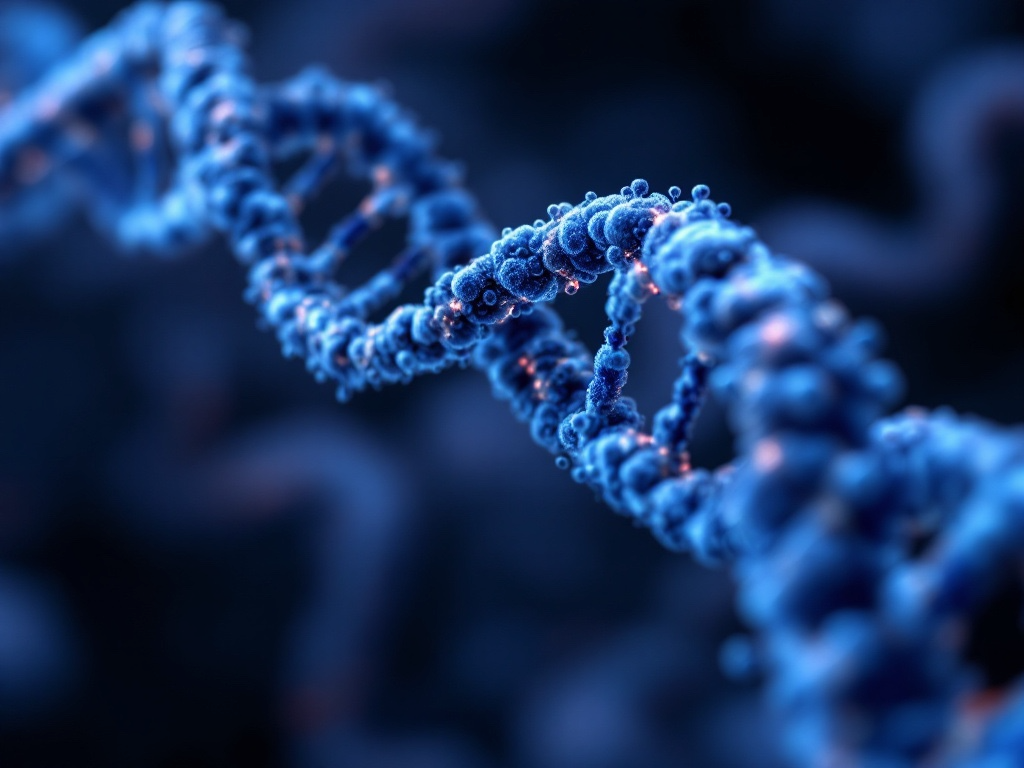Aminos and Peptides Difference

Aminos and peptides are both key components in the world of biochemistry. They are essential building blocks for proteins, which play crucial roles in various biological processes in living organisms. While they are related, aminos and peptides have some distinct differences that are important to understand. In this blog post, we will delve into the differences between aminos and peptides and explore their significance in the world of science and health.
Amino acids are organic compounds that serve as the building blocks of proteins. There are 20 standard amino acids that are commonly found in proteins. They consist of a central carbon atom, an amino group (NH2), a carboxyl group (COOH), and a side chain (R group) that varies in structure and chemical properties. The R group determines the unique characteristics of each amino acid. Amino acids are classified into three categories based on the properties of their R groups: nonpolar, polar, and charged. These amino acids are linked together by peptide bonds to form proteins.
Peptides, on the other hand, are short chains of amino acids that are formed by the linking of two or more amino acids through peptide bonds. Peptides are smaller than proteins and can consist of just a few amino acids or up to 50 amino acids in length. Peptides are usually classified based on their length: dipeptides (two amino acids), tripeptides (three amino acids), oligopeptides (up to 10 amino acids), and polypeptides (more than 10 amino acids). Peptides play various roles in the body, such as hormone production, cell signaling, and immune response.
One of the key differences between aminos and peptides is their size and complexity. Amino acids are the simplest units of proteins, consisting of just a few atoms. They are not considered to be polymers like peptides and proteins, as they do not undergo polymerization. In contrast, peptides are larger molecules composed of multiple amino acids that are linked together in a specific sequence. Peptides can be thought of as intermediate products in the synthesis of proteins.
Another important distinction between aminos and peptides is their functions in the body. Amino acids are primarily known for their role as the building blocks of proteins. They are essential for protein synthesis, which is crucial for various biological processes, such as muscle growth, enzyme function, and immune response. Amino acids also play roles in neurotransmitter synthesis, energy production, and nutrient transport. In contrast, peptides have diverse functions in the body, including cell signaling, enzyme regulation, hormone production, and immune response modulation. Peptides act as signaling molecules that communicate information between cells and tissues.
In terms of structure, aminos and peptides differ in their composition and properties. Amino acids have a simple structure consisting of a central carbon atom bonded to an amino group, a carboxyl group, a hydrogen atom, and an R group. The R group varies among amino acids and determines their unique properties. Peptides, on the other hand, are composed of amino acids linked together through peptide bonds. The amino acids in a peptide are arranged in a specific sequence, which gives the peptide its unique properties and functions.
Furthermore, aminos and peptides differ in their bioavailability and stability. Amino acids are readily available from dietary sources and can be absorbed by the body for various metabolic processes. They are stable in the body and can be utilized for protein synthesis or energy production. Peptides, on the other hand, are more complex molecules that may require specific conditions for absorption and utilization. Peptides can be found naturally in foods or can be synthesized in the body through enzymatic processes. They may be more susceptible to degradation by enzymes or pH changes in the body.
In summary, aminos and peptides are essential components in the world of biochemistry. While they are related as building blocks of proteins, they have distinct differences in terms of size, structure, function, and bioavailability. Amino acids are the simplest units of proteins, while peptides are short chains of amino acids that play diverse roles in the body. Understanding the differences between aminos and peptides is crucial for appreciating their significance in science and health.
Powered by Lightspeed
Display prices in:USD
